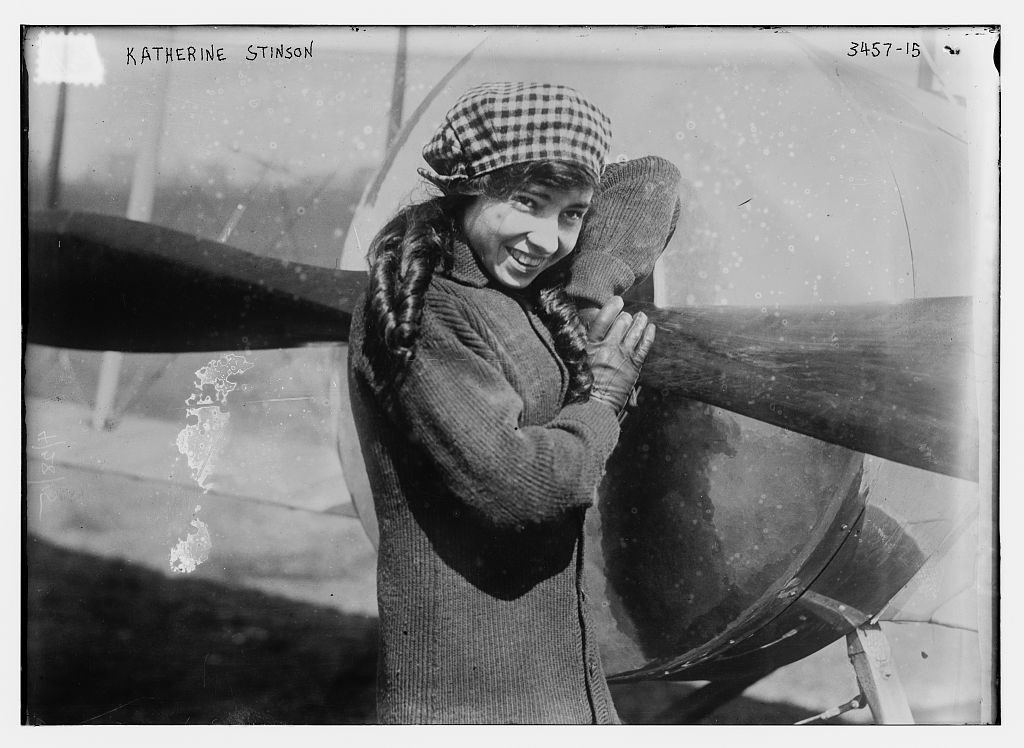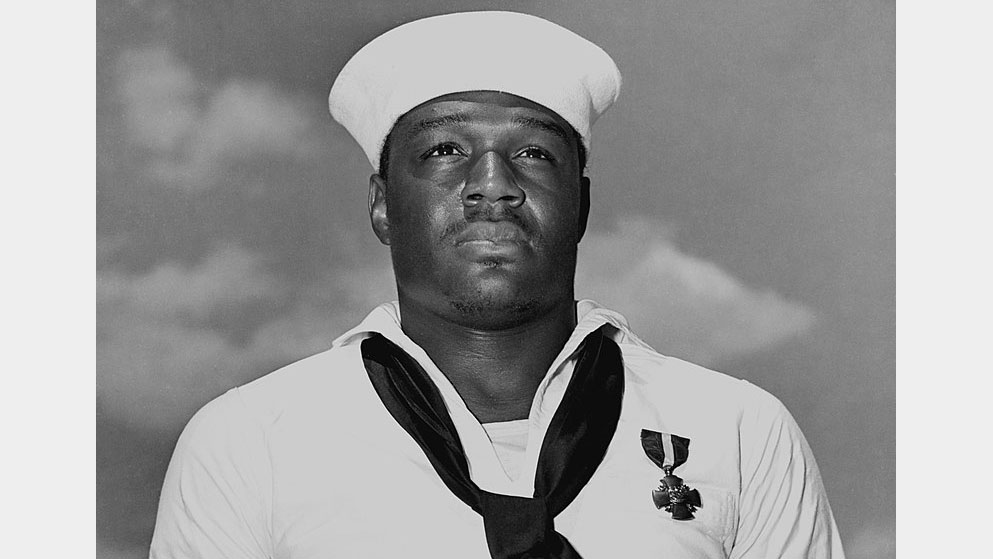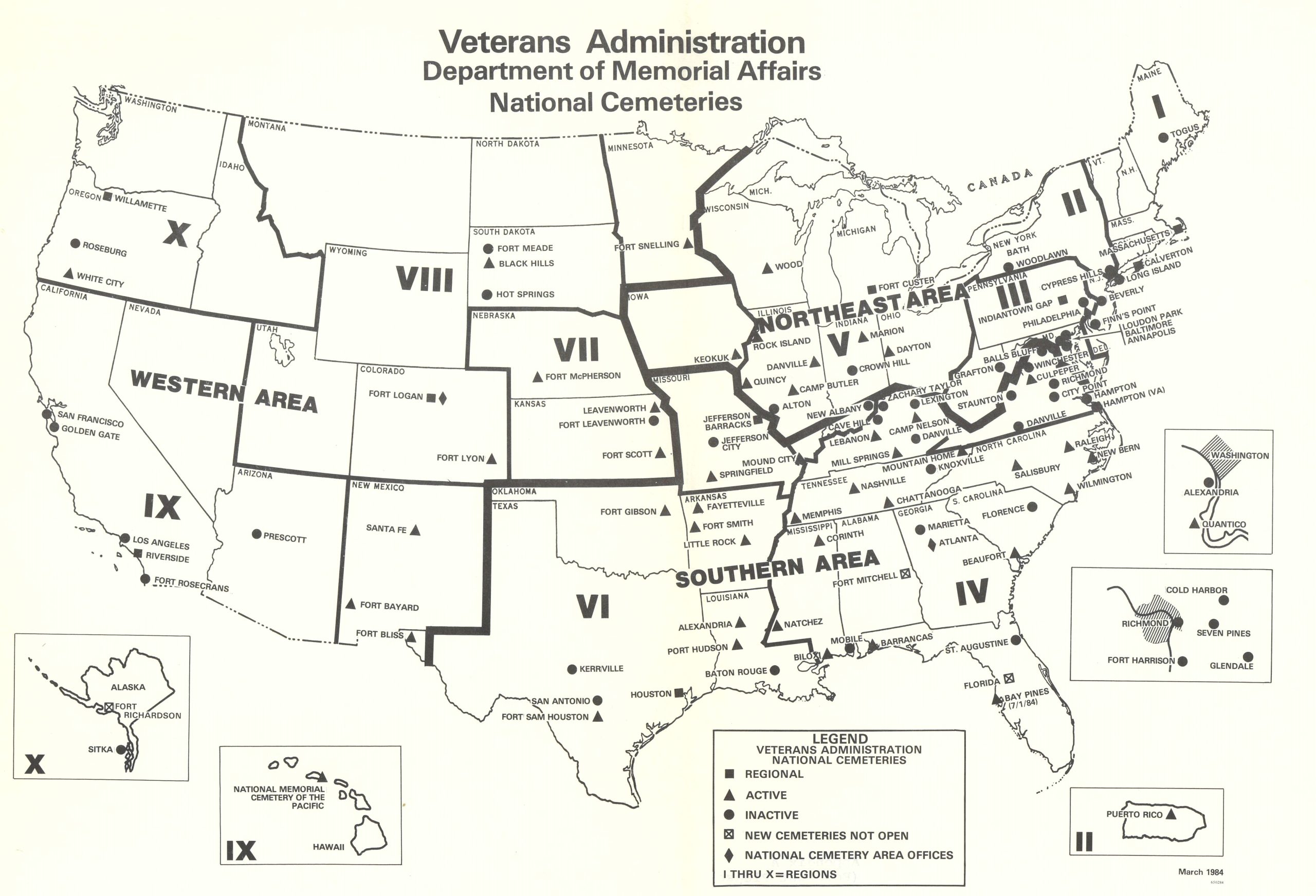
Featured Stories
1973 – National Cemetery System Joins VA
On September 1, 1973, the Veterans Administration (VA) became the steward of 103 national cemeteries, 22 soldiers’ and government lots in private cemeteries, 7 Confederate cemeteries, and 3 monument sites with the absorption of the National Cemetery System. It also took responsibility for the procurement of government headstones and markers for eligible veterans. VA was now in the cemetery service.
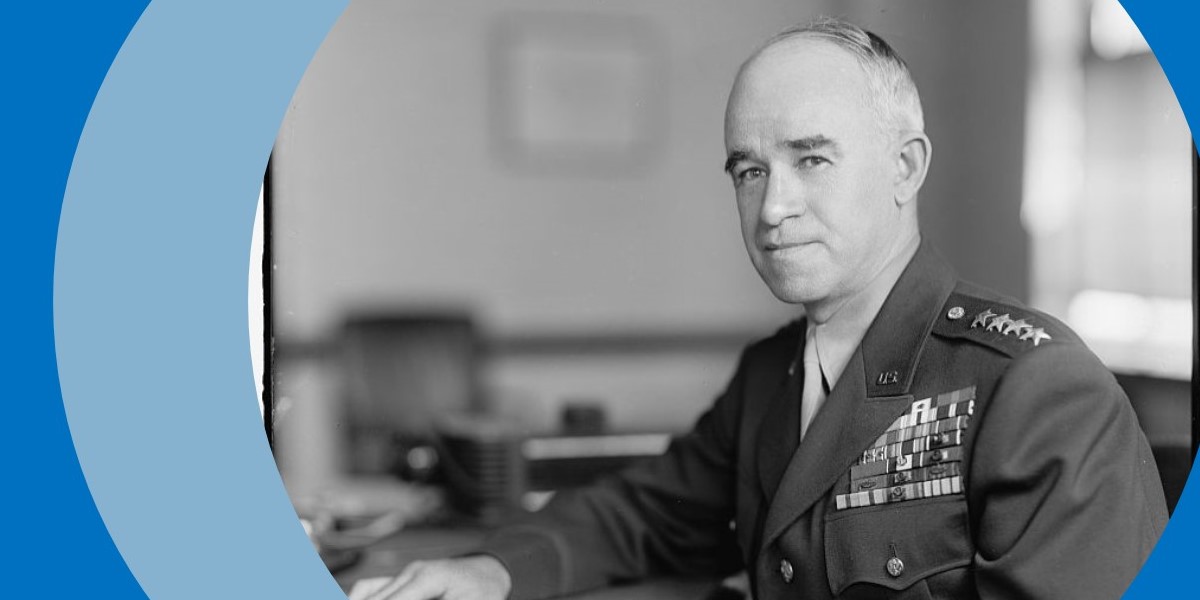
Featured Stories
General Omar Bradley And The Remaking of The Veterans Administration
Soon after World War II concluded, Gen. Omar Bradley, fresh off relinquishng command of the U.S. Army's Twelfth Army Group, was given a critical mission back stateside - take charge of the Veterans Adminsitration and prepare to support the millions of Veterans coming back home.
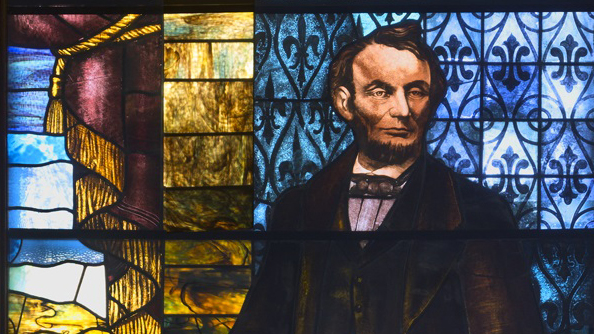
Featured Stories
Lincoln And Grant in Lights: The Grand Army of The Republic’s 1887 Memorial Stained-glass Windows
After the Civil War concluded, the Veteran service organization Grand Army of the Republic commissioned multiple stained glass windows that were early powered light displays. Two survive today at VAs in Leavenworth, Kansas and Milwaukee, Wisconsin.
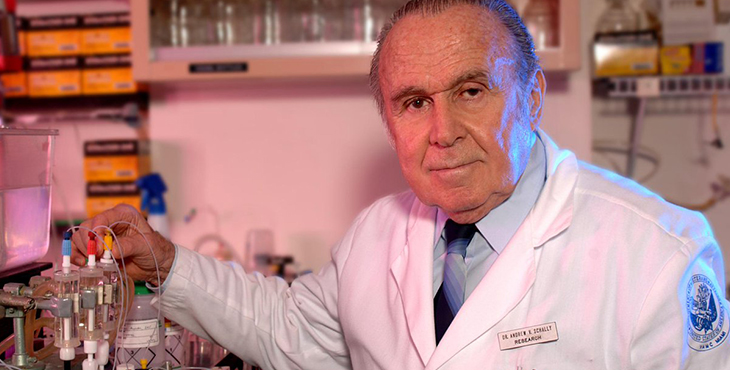
Featured Stories
Dr. Andrew Schally: Nobel Prize Laureate
Dr. Andrew Schally was born in Poland, and through early struggles under German occupation during World War II, started a journey as a medical researcher that would take him to VA and groundbreaking research on hormones. In this feature by VA History intern Parker Beverly, follow along Dr. Schally's career as his medical research was recognized in 1977 with the Nobel Prize.
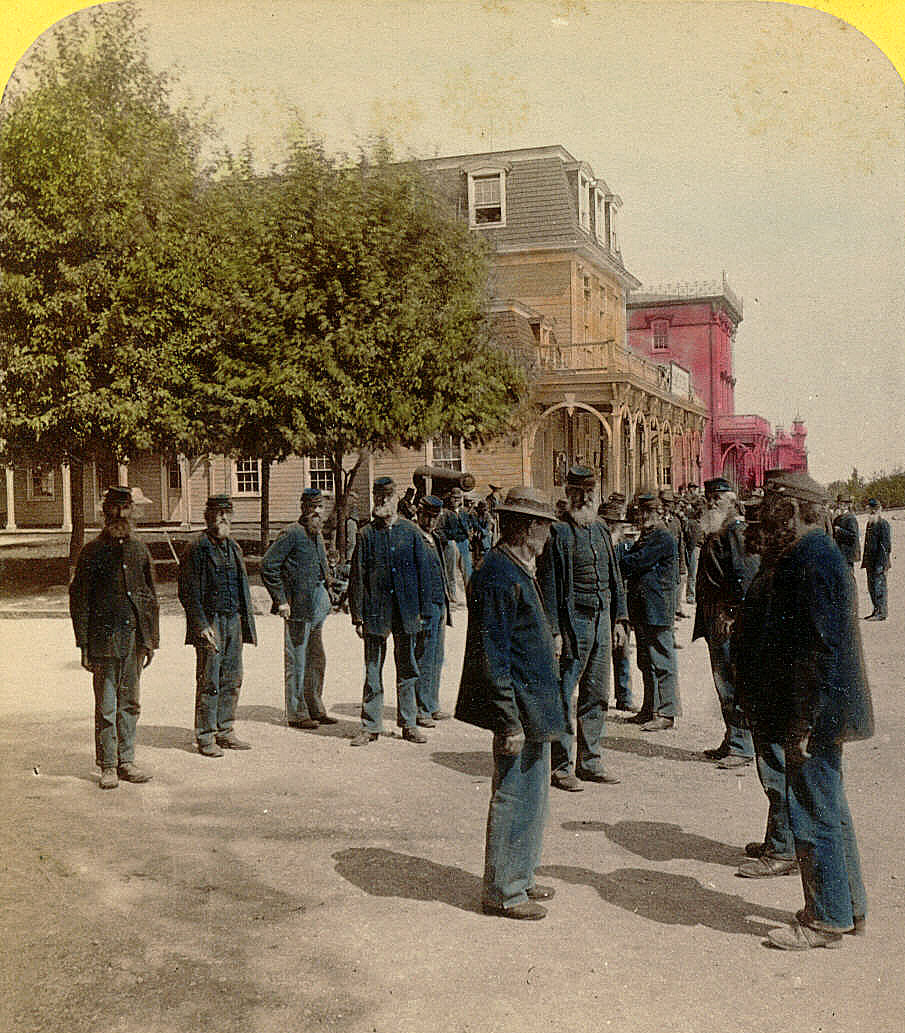
Featured Stories
An Independence Day Celebration at The National Home For Disabled Volunteer Soldiers
How did Veterans from the Civil War celebrate their country's Independence Day in 1875? In a feature that appeared last year on the VA Insider digital platform, a unique perspective is gained in a late 19th Century July 4th celebration.
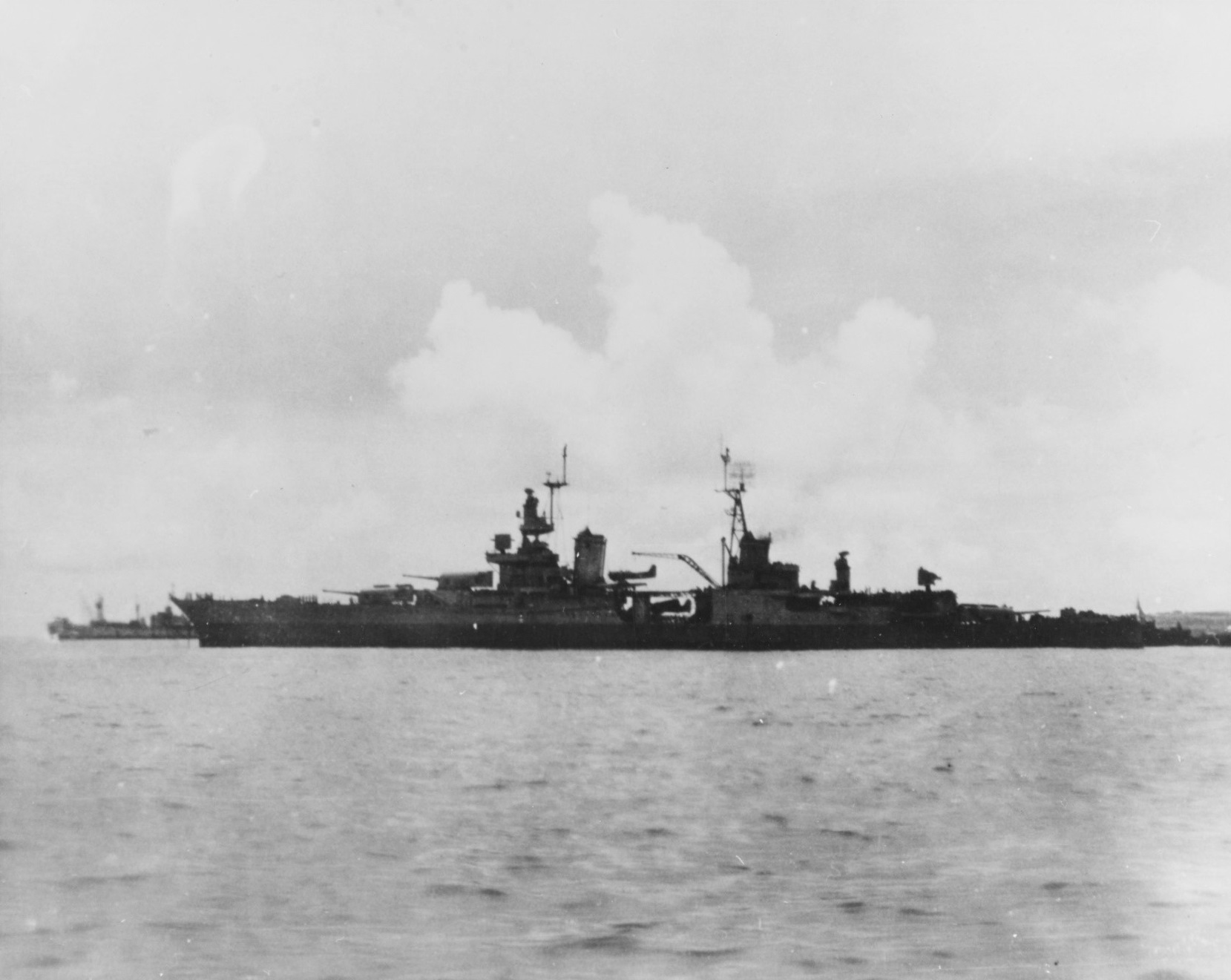
Featured Stories
Remembering The USS Indianapolis
In 1945, as World War II was ending, the U.S. cruiser USS Indianapolis was sunk by a Japanese submarine, igniting a quest for survival for the hundreds of sailors stranded in the middle of the Pacific Ocean. Today, only a few of those survivors remain, and National Cemetery Administration Historian Richard Hulver memorializes some of those Veterans, who are buried at national cemeteries across the world.
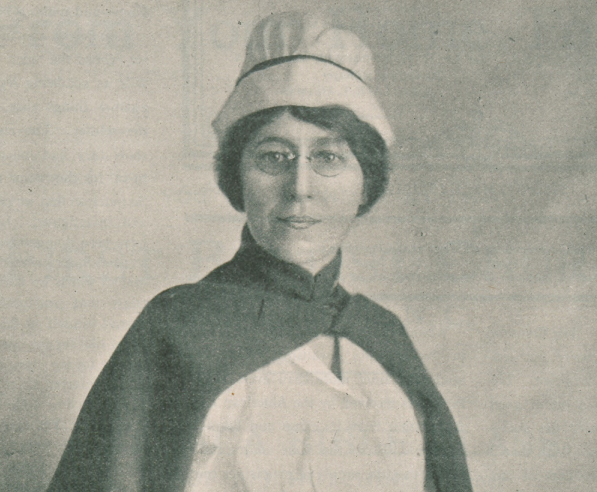
Featured Stories
Florence Standish – Early 20th-century Asheville VA nurse
Florence Standish was a nurse who worked on the historic Asheville VA Medical Center campus in the early 20th Century when the Army maintained the hospital. A photo found by a local VA employee began a journey that helped identify this pioneering nurse.
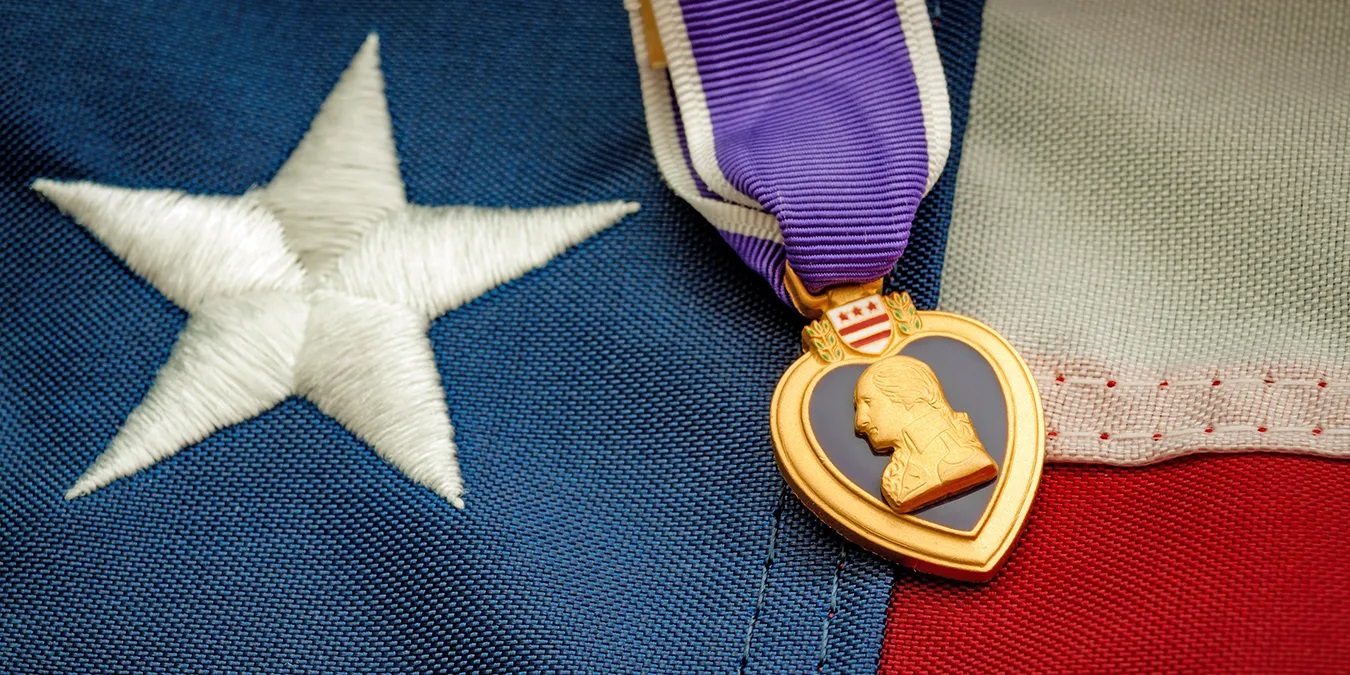
Featured Stories
VA and the Purple Heart – the nation’s oldest military award
During the American Revolution, General George Washington created the first military award for Continental Army Soldiers - the Badge of Military Merit - later reinstated in 1932 as the Purple Heart. Since then, more than 1.8 million Purple Hearts were awarded to wounded service members. The award has a special relationship to the VA as it is tied to many different benefits within the system.
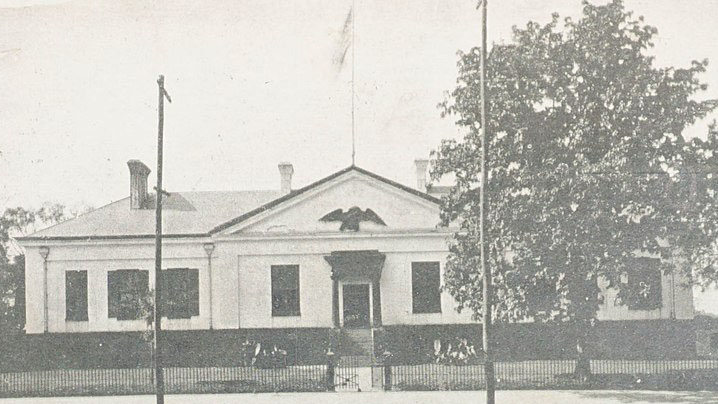
Featured Stories
The Winston-Salem Regional Office: Celebrating 100 years of service to North Carolina’s Veterans
The same law that established the Veterans Bureau in 1921 authorized the new agency to open up to 140 offices at the sub-district level. The purpose of these field offices was, in the words of the bureau’s founding director Charles R. Forbes, to “bring all of the activities of the Veterans' Bureau closer to the men they serve.” The Winston-Salem Regional Office celebrated 100 Years in 2021.
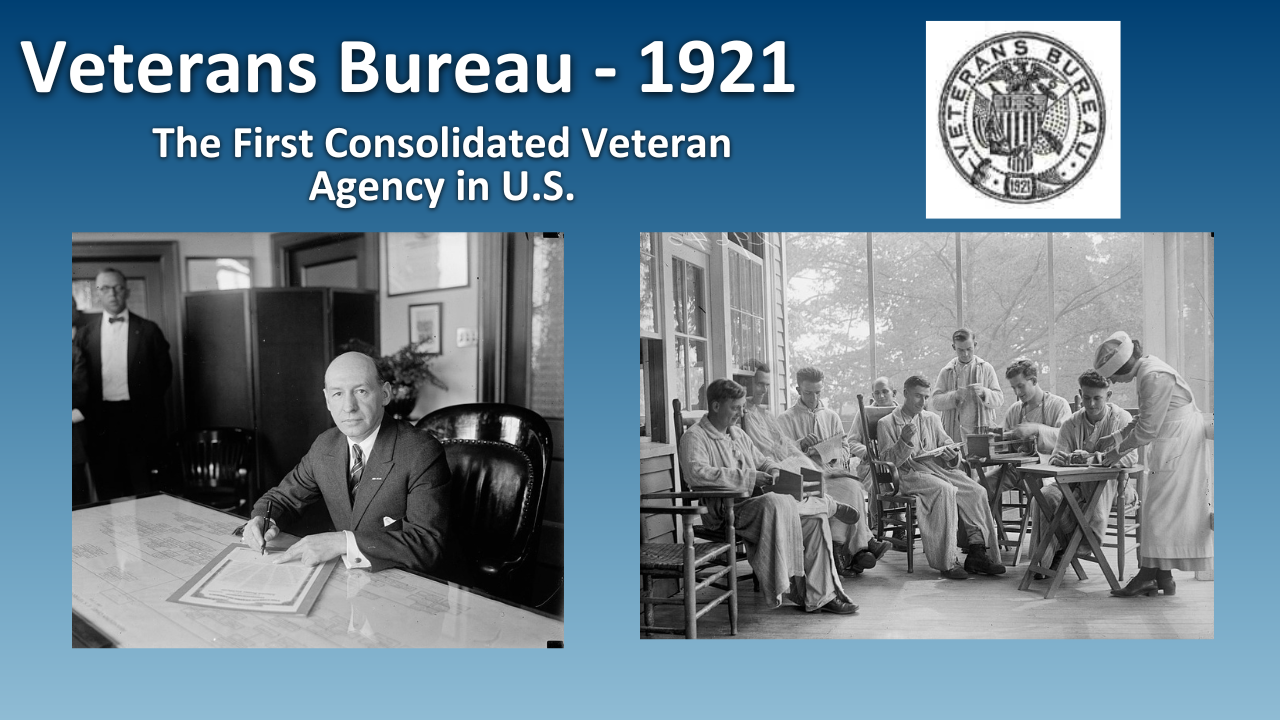
Featured Stories
1921: Veterans Bureau is born – precursor to Department of Veteran Affairs
President Warren G. Harding made a commitment to streamline and improve benefit services for the millions of World War I Veterans in the U.S. In August of 1921, he signed the bill creating the Veterans Bureau, the first independent federal agency to manage all facets of Veterans care. The legacy of the Veterans Bureau lives on in the modern VA, which continues its forerunner’s tradition of service to Veterans and their dependents.


